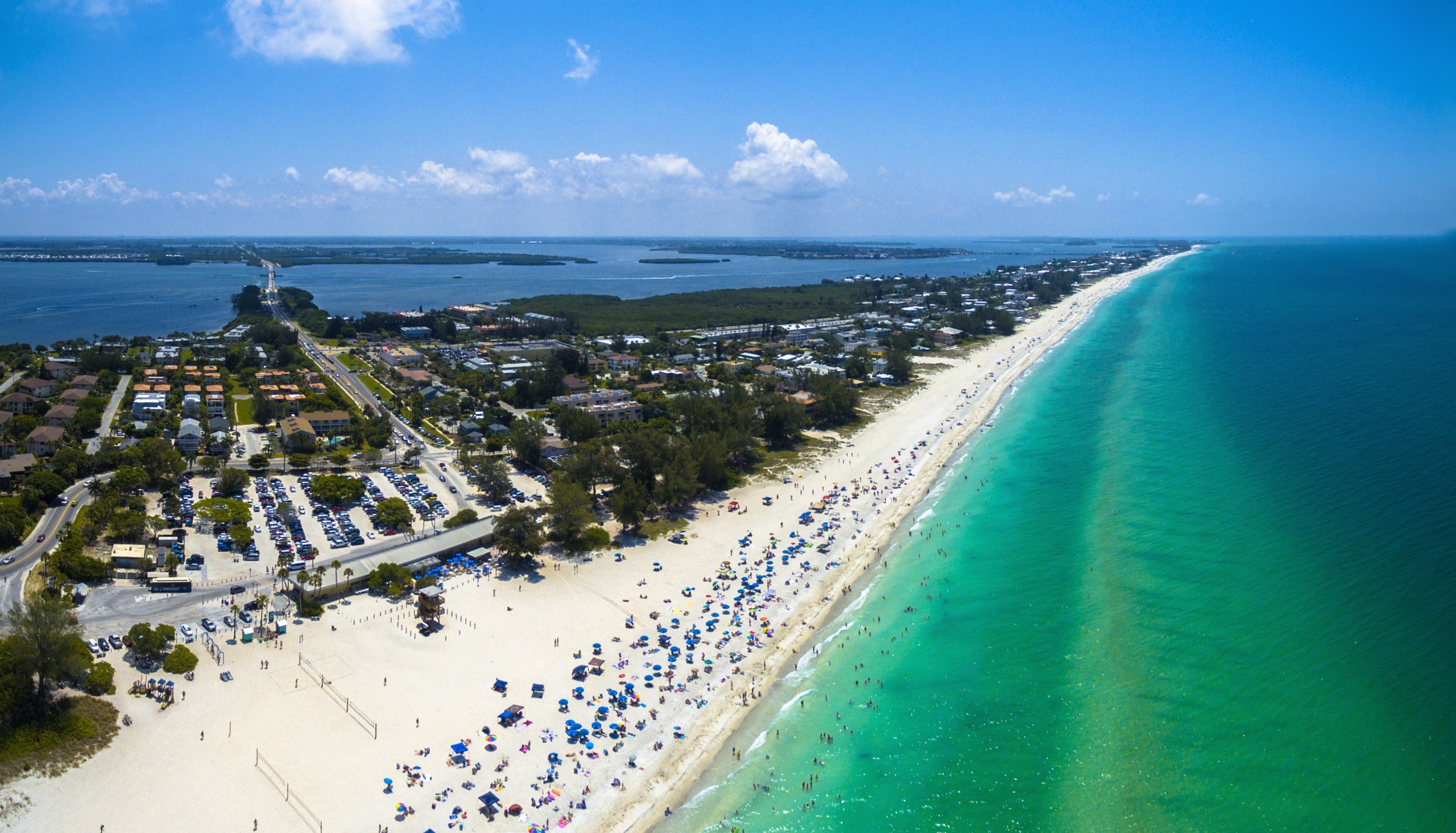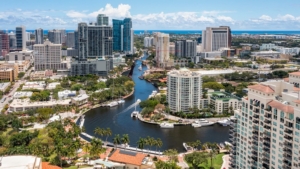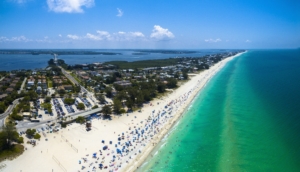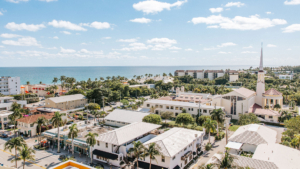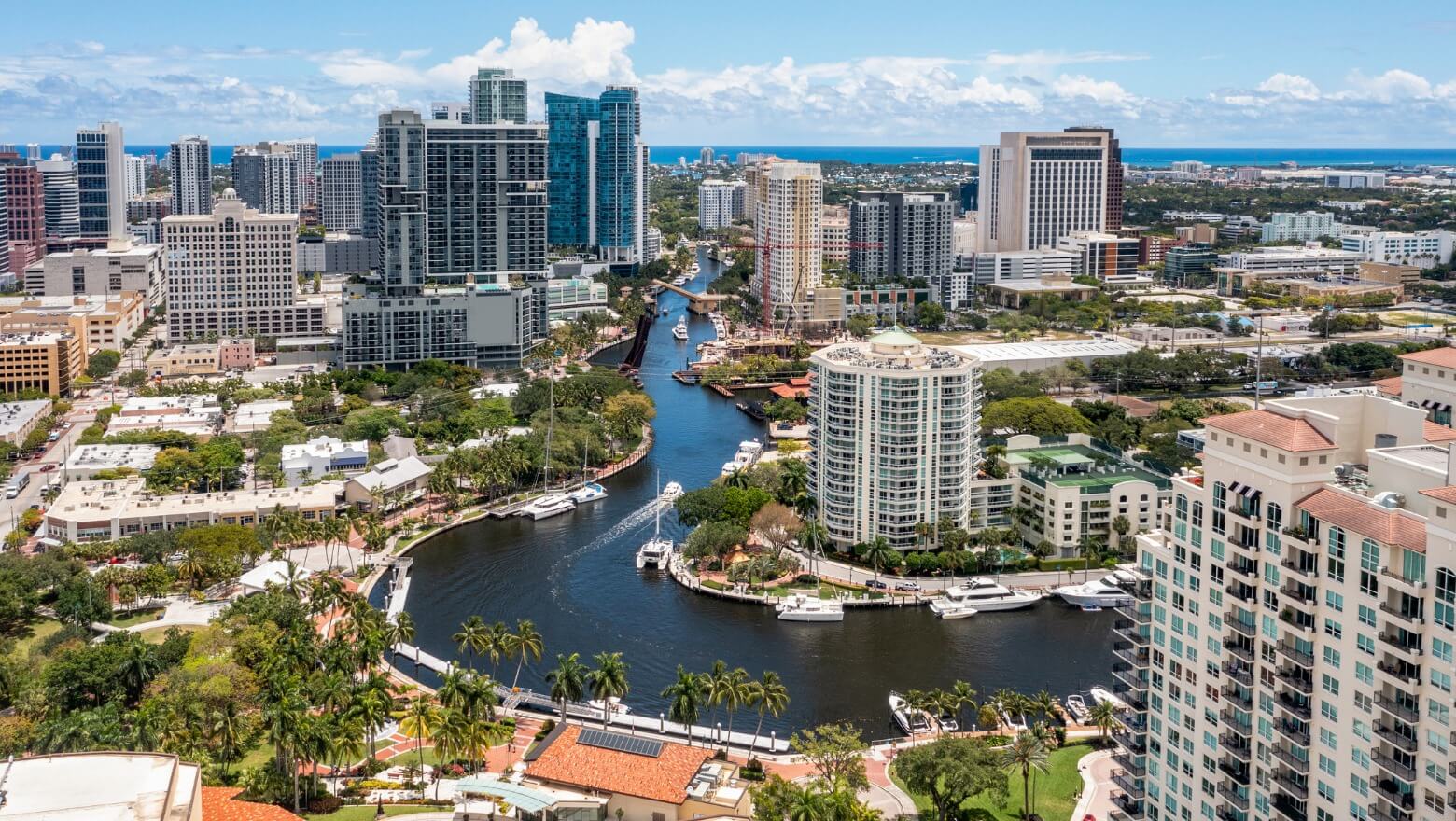Manatee County Doubles Impact Fees: How Florida's Growth Management Strategy Affects Developers and Homebuyers
Florida's explosive growth continues to challenge local governments, with Manatee County ranking 12th among the state's 67 counties for projected growth rate, expecting 159,000 new residents by 2050. This rapid expansion has prompted county commissioners to consider dramatic increases in development impact fees, potentially more than doubling current revenue streams while fundamentally reshaping the local real estate landscape.
The proposed fee restructuring represents a significant shift in how fast-growing Florida communities address infrastructure demands. With development outpacing infrastructure investment for nearly a decade, Manatee County finds itself at a crossroads between maintaining growth momentum and ensuring sustainable community development.
Understanding Florida's Impact Fee Revolution
Development impact fees, known as mobility fees in Florida, serve as crucial funding mechanisms for infrastructure expansion. These one-time charges levied by local governments on new development help municipalities recover growth-related infrastructure and public service costs, distinguishing them from other value capture methods through their ability to fund off-site improvements like roads, schools, and parks.
The 2021 state legislation created additional hurdles for local governments seeking substantial fee increases. Counties must now demonstrate "extraordinary circumstances" through comprehensive studies, conduct mandatory public workshops, and secure super-majority approval from five of seven board members for increases exceeding 50%.
This regulatory framework hasn't prevented successful fee increases across Florida. Sarasota County recently implemented a 3% annual increase in mobility fees based on transportation cost inflation, while Santa Rosa County approved transportation impact fees beginning May 5, 2025, following a 90-day notification requirement.
Manatee County's Infrastructure Crisis: By the Numbers
The Benesch consulting study reveals compelling statistics supporting Manatee County's extraordinary circumstances claim. Despite ranking 15th in total population among Florida counties, Manatee ranks 8th in new housing permits issued, indicating disproportionate development pressure relative to population size.
Current impact fee collections generate approximately $63 million annually for the county. Under maximum proposed rates, this figure could reach $119-153 million yearly, representing a potential 89-143% increase in infrastructure funding capacity.
The fee structure comparison illustrates the dramatic shift: developers currently pay roughly $14,000 in impact fees for a 1,700-square-foot home. The proposed rates would increase this to approximately $33,000, representing a 133% jump that directly impacts housing affordability and development economics.
This revenue enhancement would support critical infrastructure categories including public safety expansion, law enforcement capabilities, library services, park development, and transportation improvements. Importantly, impact fees must be spent within the collection area and cannot address existing infrastructure maintenance, focusing exclusively on capacity expansion.
Developer Resistance and Economic Concerns
The development community's opposition centers on economic competitiveness and housing affordability arguments. Neal Communities, a prominent local developer, argues that proposed fees could add $20,000 to SimplyDwell Homes priced in the mid-$300,000 range, significantly impacting first-time homebuyer accessibility.
The broader regulatory environment adds complexity, with state law prohibiting 10 Hurricane Ian-impacted counties, including Manatee, from passing "more restrictive or burdensome" development rules until October 2026. This temporal constraint creates urgency around current fee increase discussions.
Industry representatives raise concerns about business attraction and retention. The Suncoast Builders Association argues that higher fees could drive development to neighboring counties with lower costs, potentially undermining Manatee's economic competitiveness. Commissioner Amanda Ballard highlighted this concern, noting that a 4,000-square-foot daycare facility would face approximately $100,000 in impact fees under proposed rates.
However, county staff indicates flexibility exists within the fee structure. State law allows exemptions for affordable housing projects, and local governments retain authority to discount fees for community-beneficial developments. This adaptive approach could balance infrastructure funding needs with economic development goals.
Community Support and Infrastructure Strain
Resident advocacy for higher impact fees reflects growing frustration with infrastructure deficits. Manatee County's position as Florida's 6th fastest-growing county has created visible strain on transportation networks, utilities, and public services.
Public comments during commissioner meetings revealed widespread support for fee increases among existing residents. Citizens cited traffic congestion, overcrowded schools, and inadequate utility capacity as evidence that development has outpaced infrastructure investment.
The geographic distribution of growth adds complexity to infrastructure planning. East Manatee County has experienced particularly rapid development, straining regional infrastructure while generating calls for more balanced growth distribution.
Growing development has caused issues including flooding and overcrowded roadways, demonstrating the real-world consequences of infrastructure deficits. These conditions support the "extraordinary circumstances" justification required under state law for significant fee increases.
Political Dynamics and Future Implications
The seven-member commission appears divided on implementation approach rather than necessity. A new batch of commissioners campaigned on slowing growth that residents feel is happening too fast, suggesting political momentum for stronger growth management measures.
Commissioner George Kruse emphasized the temporal context, noting that current fees haven't increased since 2015, resulting in a decade of under-collection relative to infrastructure needs. This perspective frames fee increases as necessary corrections rather than punitive measures.
The debate reflects broader tensions between growth accommodation and quality of life preservation. Commissioner Robert McCann's observation that "this community has grown so far out of control that people are having problems living here now" captures resident frustration with rapid development impacts.
Regional Context and Competitive Positioning
Manatee County's housing market conditions are becoming more favorable for buyers in 2025, with increased inventory and elevated mortgage rates, potentially providing context for fee increase timing. Market softening could reduce immediate development pressure while allowing infrastructure investment to catch up.
The regional competitive landscape remains complex. While higher fees might redirect some development to neighboring counties, Manatee's growth fundamentals remain strong. The county's strategic location, economic diversification efforts, and quality of life factors continue attracting residents and businesses despite increased development costs.
Recent infrastructure investments, including Governor DeSantis's $2 million award to Manatee County Port Authority for SeaPort Manatee improvements, demonstrate continued state support for the region's economic development, suggesting that higher impact fees won't necessarily discourage broader investment.
Insights: Key Questions About Manatee County's Impact Fee Strategy
How do Manatee County's proposed impact fees compare to other Florida counties?
The proposed fees would position Manatee among Florida's higher-cost development markets, though still within the range of other rapidly growing counties. The 133% increase for residential development reflects the significant under-collection period since 2015.
Will higher impact fees actually slow development in Manatee County?
Higher fees will likely reduce development volume temporarily while market conditions adjust. However, Manatee's fundamental growth drivers—location, economic opportunity, and quality of life—remain strong enough to sustain development activity at appropriately scaled levels.
What infrastructure improvements will the additional revenue fund?
Impact fee increases will primarily support transportation expansion, public safety facility construction, park development, and library services. The revenue must be spent within collection areas and cannot address existing infrastructure maintenance needs.
How will the fee increases affect housing affordability?
The $19,000 average increase per new home will directly impact purchase prices, potentially pricing out some first-time buyers. However, supporters argue that infrastructure deficits create longer-term affordability challenges that justify short-term cost increases.
What legal challenges might the county face?
Developers have indicated potential legal challenges based on state law restrictions and procedural requirements. The county's documentation of extraordinary circumstances and compliance with public hearing requirements should provide strong legal foundation for the increases.
When will the new fees take effect if approved?
Implementation timing depends on final commission approval and state law compliance requirements. The county must complete all procedural steps, including super-majority approval from five of seven commissioners, before implementation can begin.
The Manatee County impact fee debate exemplifies the complex balance between growth accommodation and infrastructure sustainability facing rapidly developing Florida communities. As the county navigates these challenges, the outcome will likely influence similar discussions across the state's growth corridors, establishing precedents for managing development impacts in an era of unprecedented population expansion.

